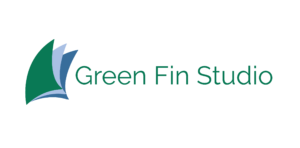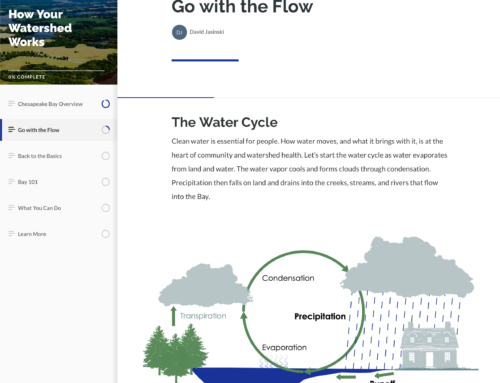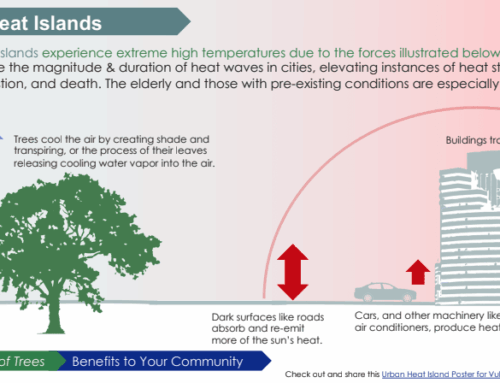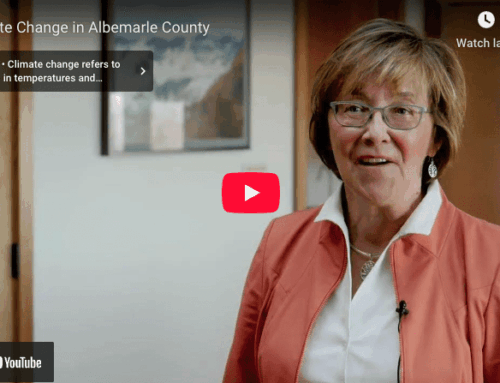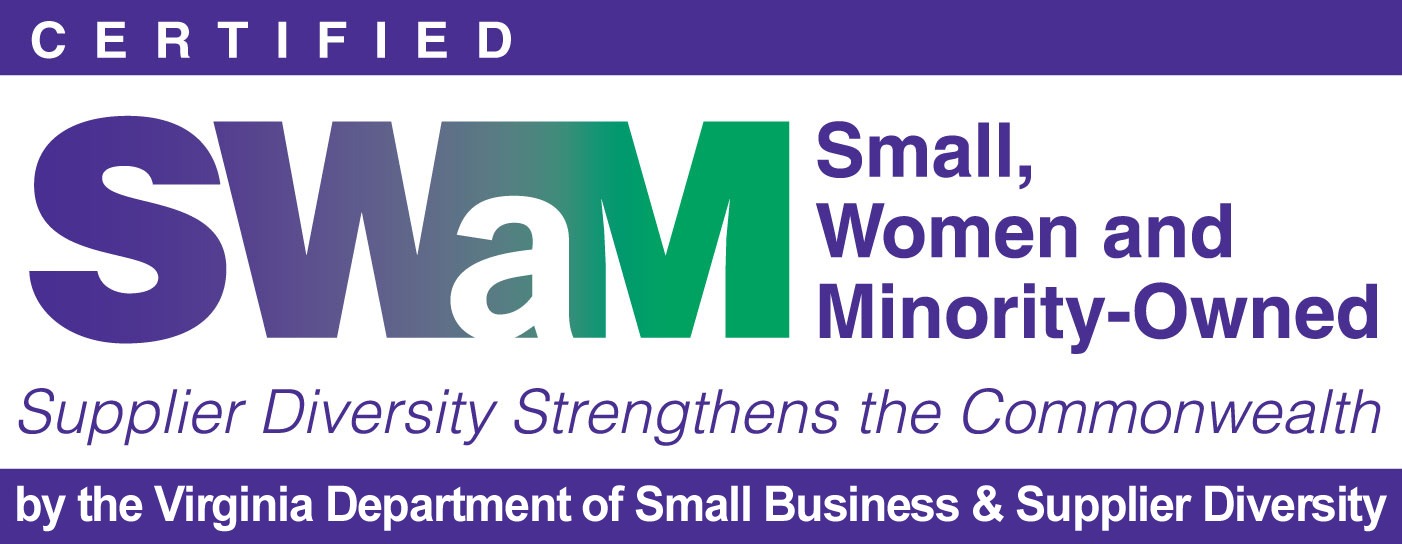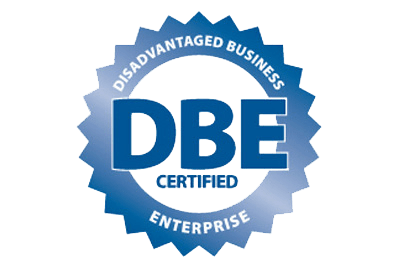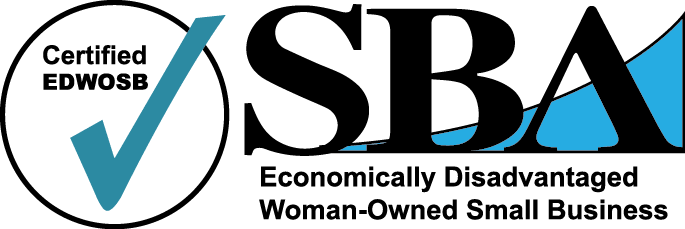Is one of your organization’s goals to engage new and diverse audiences? If so, you’re not alone. Many environmental organizations are looking for ways to expand their tent to connect with people outside of their traditional audiences.
In teasing out an approach to accomplish this goal, one of the first threads we pull on is why you want to connect with new audiences. This allows us to dig deeper into what you hope to both give and get from the outreach. For example, do you want new audiences to know more about your work? Or possibly support your efforts in some way? Is there an action you want them to take- or one you want them to stop? Can they engage in your work?
Defining why you want to engage new audiences helps create meaningful and purposeful outreach versus being more of a reporting metric or one where the people you’re communicating with are left unsure about what they should be doing with the information.
This step is fundamental to your overall approach because once you have addressed why you want to connect, you have a better sense of your audiences and their motivations, what your most effective messages are, which platforms would be most effective, and more. For outreach and communication to be truly inclusive, it is important to understand that a communication campaign is not a one-size-fits-all arrangement. A successful and inclusive campaign will likely have multiple messages, each tailored to a particular audience.
Truly inclusive communication elevates the stories of those in our community that have been typically marginalized or underrepresented and deepens connections between organizations and the communities they serve. A lack of diversity in these efforts could translate into a narrow perspective when addressing environmental issues that pertain to racial justice (1). Considering diversity, equity, inclusion, and justice (DEIJ) in outreach increases the breadth and depth of scientific achievement, fosters new ideas, and supports innovative solutions.
We all have a lot of environmental ground to recover in 2021. Getting off on the right foot will help you tackle that ground even more effectively.
Sources
Organizations that seek to increase diversity in environmental science:
- C-Stream Internships
- Chesapeake Research Consortium’s Chesapeake Student Recruitment, Early Advisement, and Mentoring (C-StREAM) program is focused on recruiting, advising, and mentoring college students from populations who have been historically excluded from the environmental field and are underrepresented in environmental research and management professions. Five internships are available for the summer 2021 and applications for all are due by February 20th.
- EcologyPlus
- EcologyPlus connects diverse college students and early career scientists with timely and relevant career opportunities and a community of peers and professionals in ecology and related careers across all sectors.
- Greening Youth Foundation
- The Greening Youth Foundation’s mission is to engage under-represented youth and young adults, while connecting them to the outdoors and careers in conservation.
- Deep South Center for Environmental Justice
- The Deep South Center for Environmental Justice is dedicated to improving the lives of children and families harmed by pollution and vulnerable to climate change in the Gulf Coast Region through research, education, community and student engagement for policy change, as well as health and safety training for environmental careers.
- People of the Global Majority in the Outdoors, Nature and Environment
- People of the Global Majority in the Outdoors, Nature and Environment envisions a world that centers, values, uplifts, and empowers those who are most impacted by environmental harm and climate change—and in particular black, indigenous, and people of color/of the global majority—to lead the way toward environmental justice and collective liberation.
- Minorities in Aquaculture
- Minorities in Aquaculture is a community focused on education and outreach to draw more minority women into aquaculture to create a more inclusive and diverse industry.
